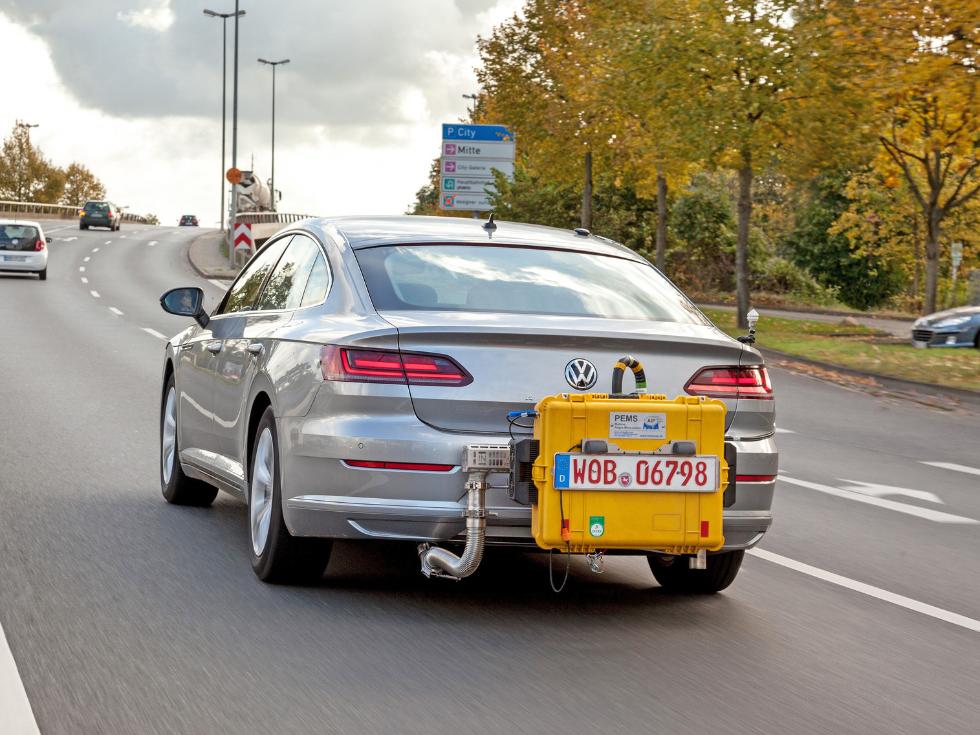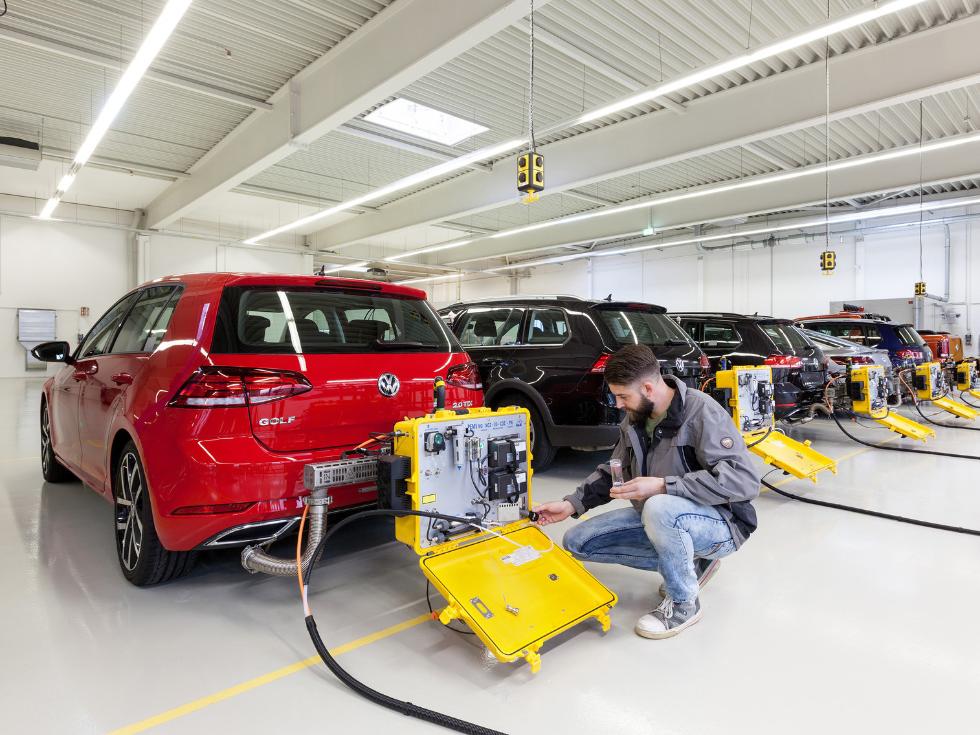The WLTP testing cycle enters its second phase
In September, the Worldwide harmonized Light vehicles Test Procedure will be modified again. Here’s how.
What is the WLTP?
It is the standardised test procedure for the type approval of all new vehicles, which measures fuel consumption as well as CO2 emissions of the tested vehicles and analyses their exhaust gas. In electric vehicles, instead, electricity consumption is measured. Until 2017, the New European Driving Cycle (NEDC) was used throughout the European Union, but it generated less realistic data.
What will change in 2019?
From September 1st 2019, the second act of the WLTP will be introduced. Essentially, the type approval testing cycle is being intensified with new technical requirements.
From the beginning, the plan was to implement the WLTP in two stages, due to the complexity of the matter. The new regulations will also flesh out the existing process and thereby ensure greater reliability.
What will change, specifically?

The intensification of the testing process is complex. To name a few examples, an activated carbon filter in the tank system prevents gasoline fumes from being emitted into the environment. Previously, this was tested in an airtight chamber over the course of 24 hours, which will be extended to 48 hours with to the new regulations.
In addition, vehicles up to five years old, as well, will be subject to WLTP testing on a random selection basis in order to ensure compliance with emissions standards as time passes. Another change is that the fuel consumption and emissions tests will also be performed on the road.
What does this mean for the Volkswagen Group?

Over the year 2019, all vehicles need to go through renewed type approval. Compared with the previous NEDC test cycle, the WLTP takes two-and-a-half times as long.
In addition, light commercial vehicles will switch to the WLTP this year. The 27 roller dynamometers at the Wolfsburg test centre have been running at peak capacity for weeks.
Will 2019 be as challenging as 2018?
“The Volkswagen Group has learned a lot from the experiences of the last year. Less popular model variants have been discontinued, and processes, capacities and IT systems have been optimised. We are confident that we will be able to significantly reduce the impact of the new WLTP 2nd act compared to last year”, says Jürgen Franke, Head of GL WLTP Management.
Source: Volkswagen AG
